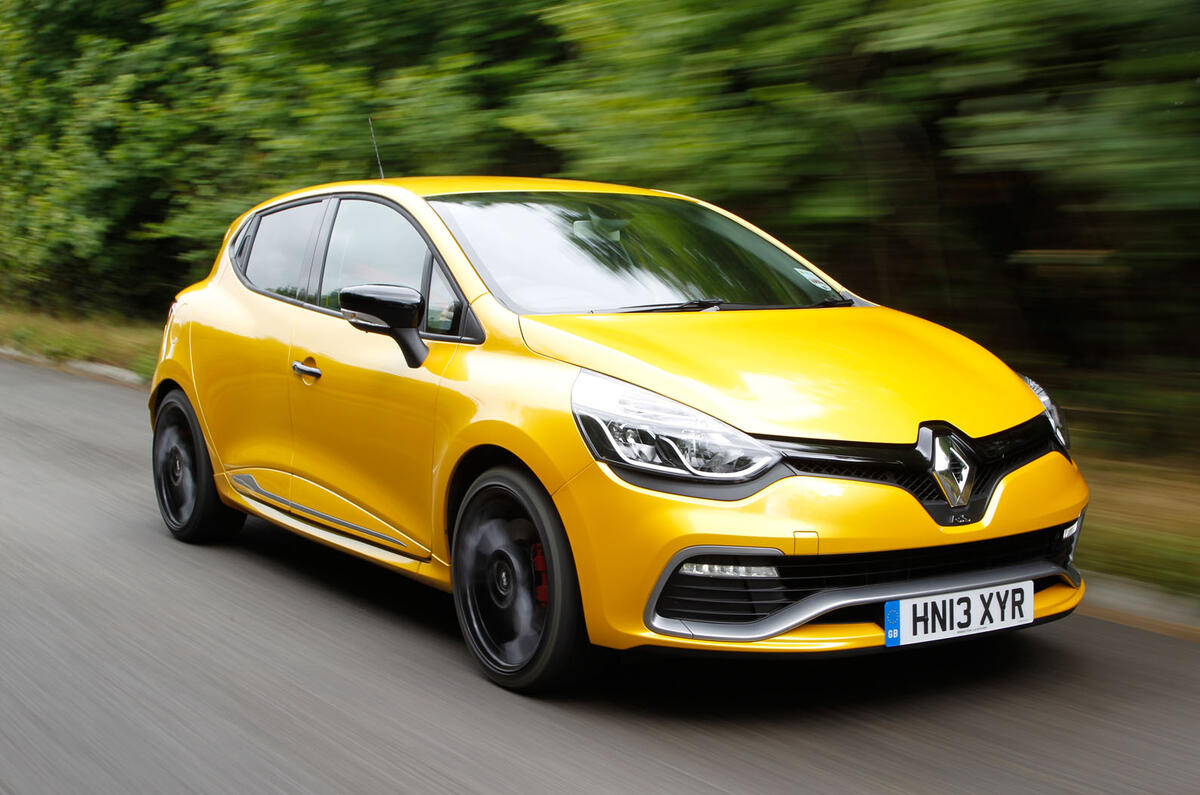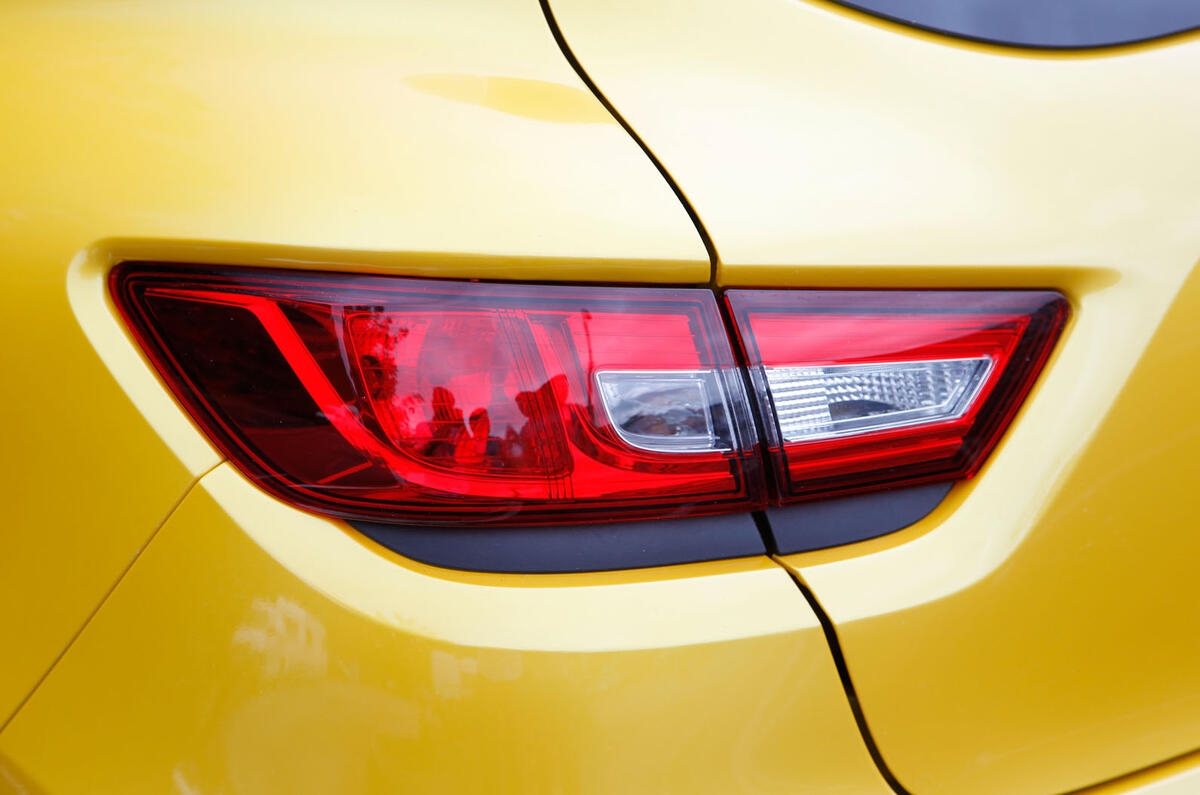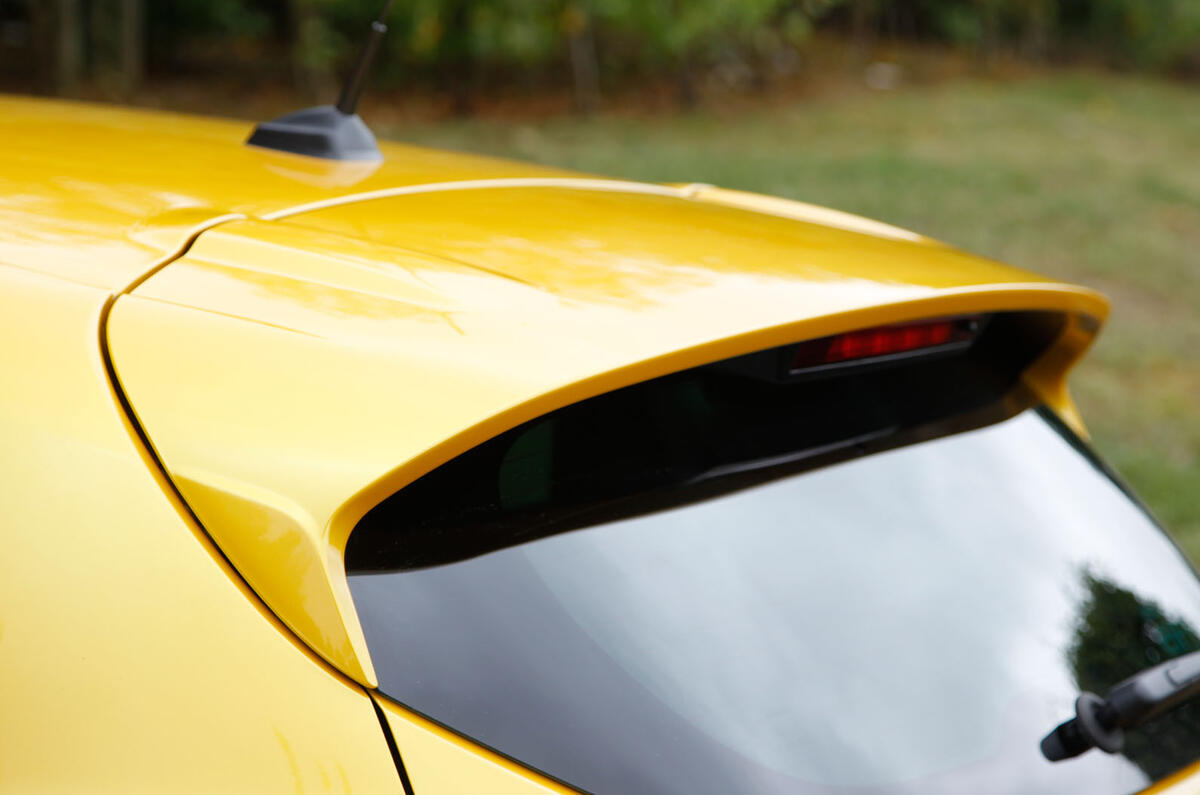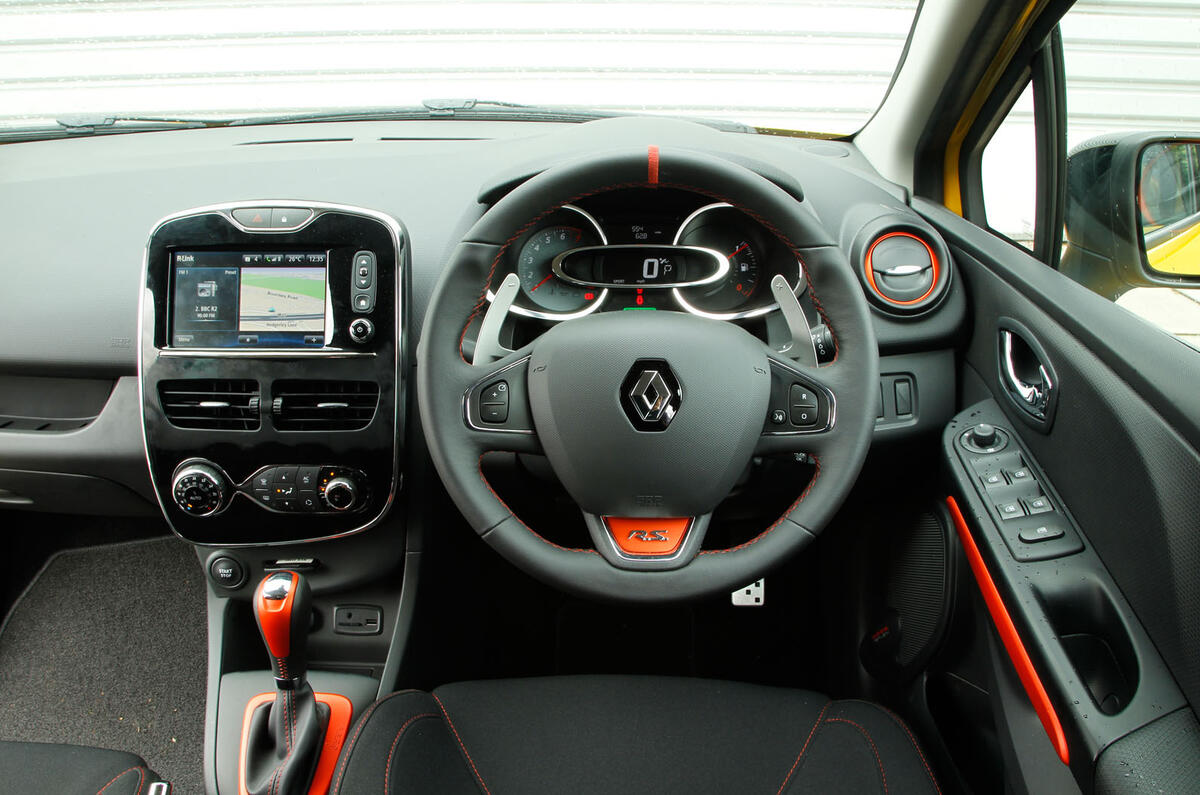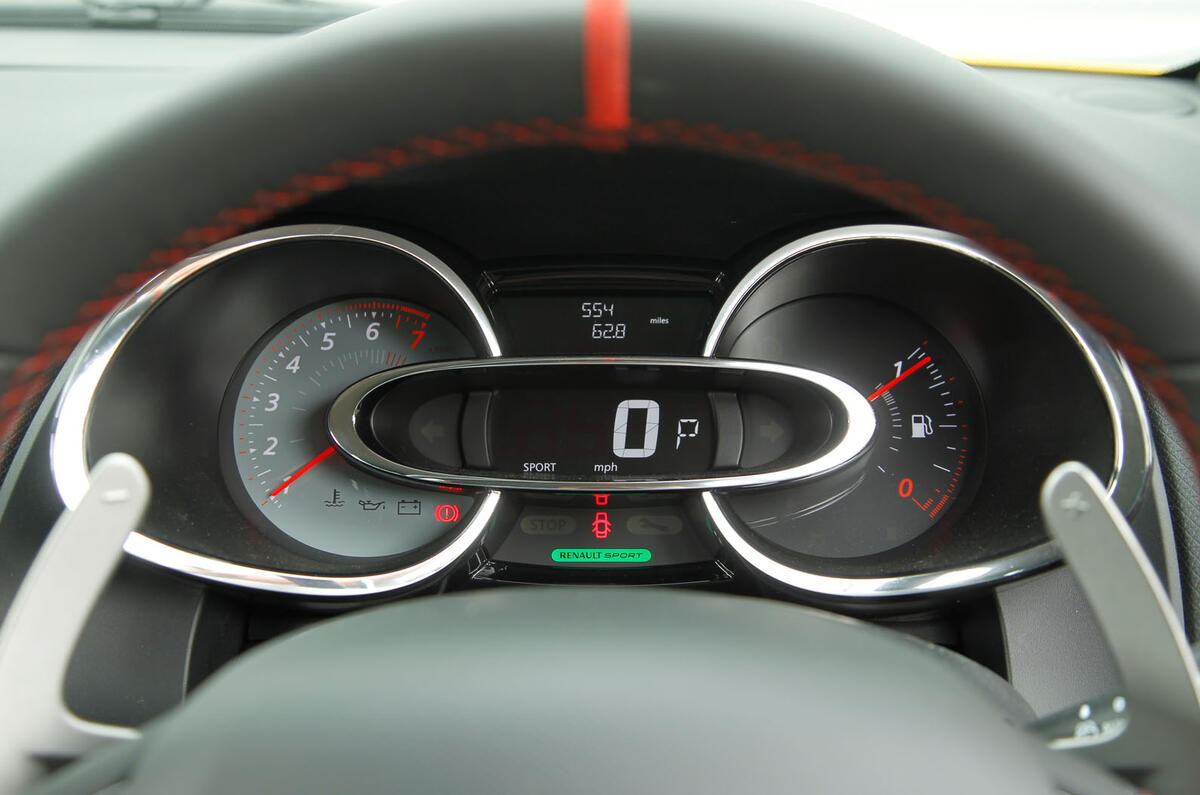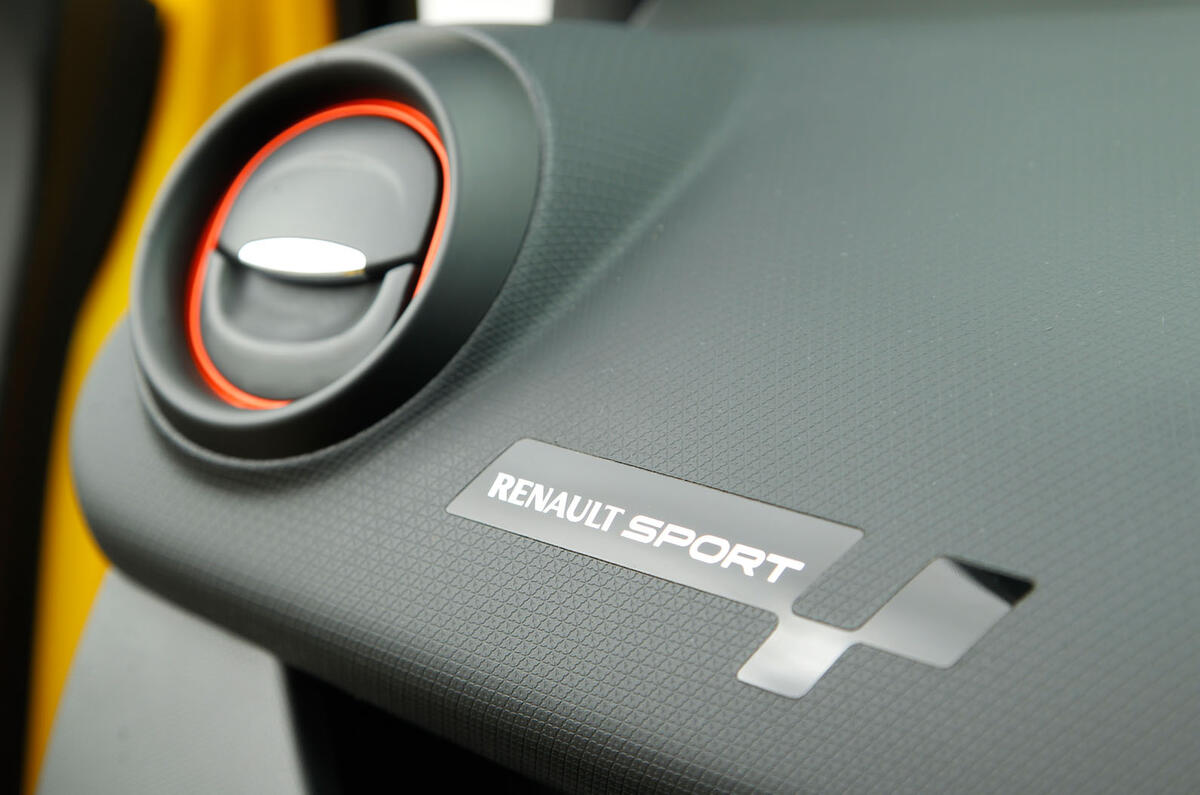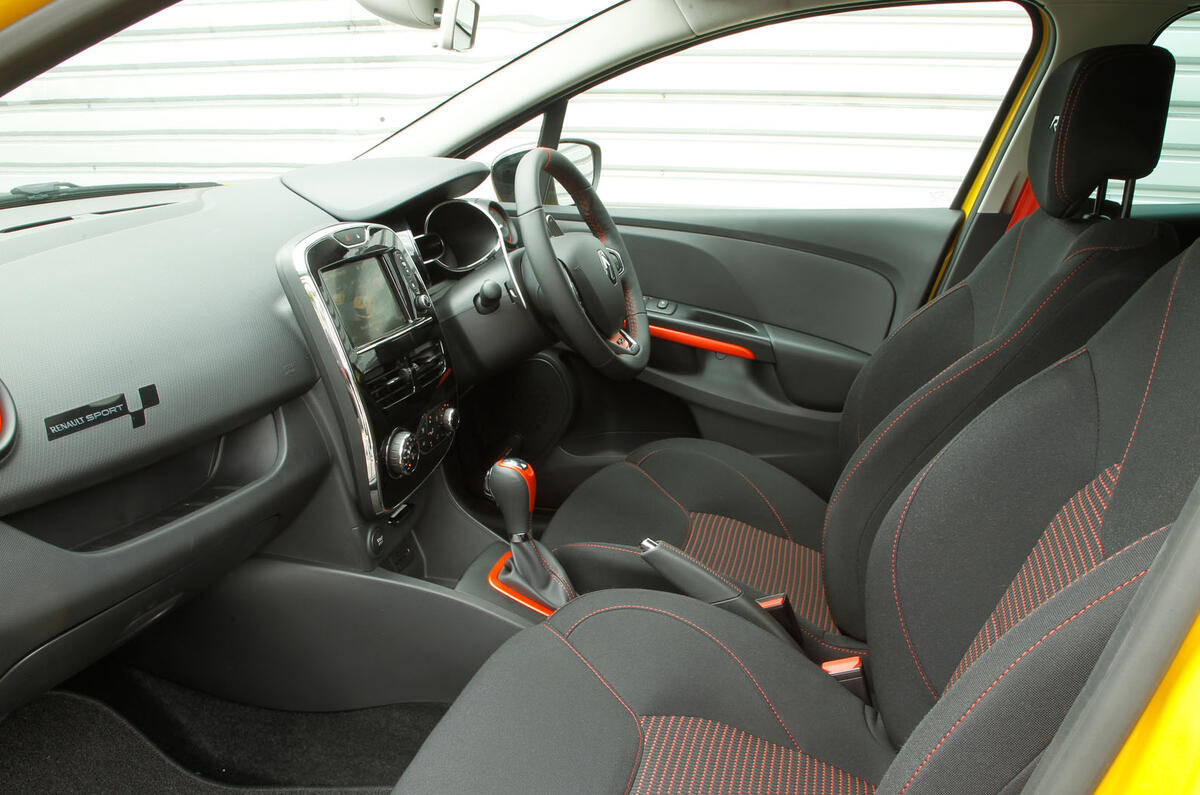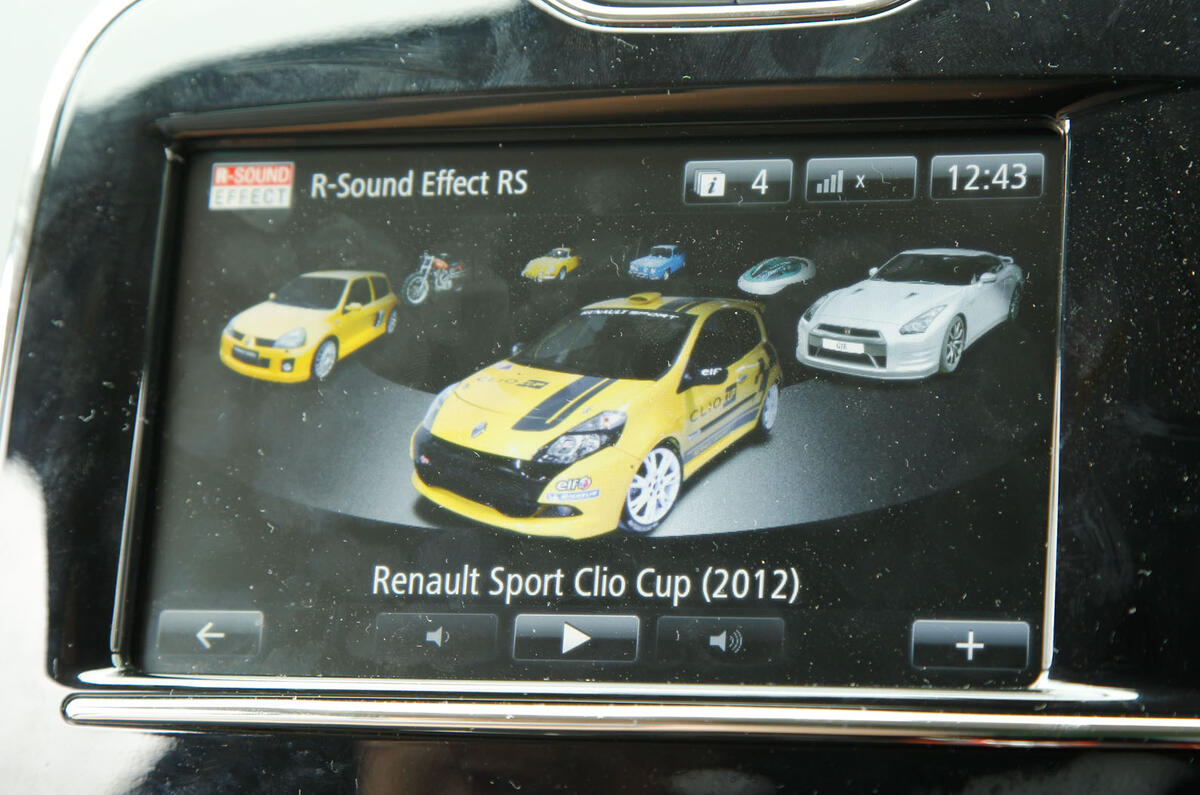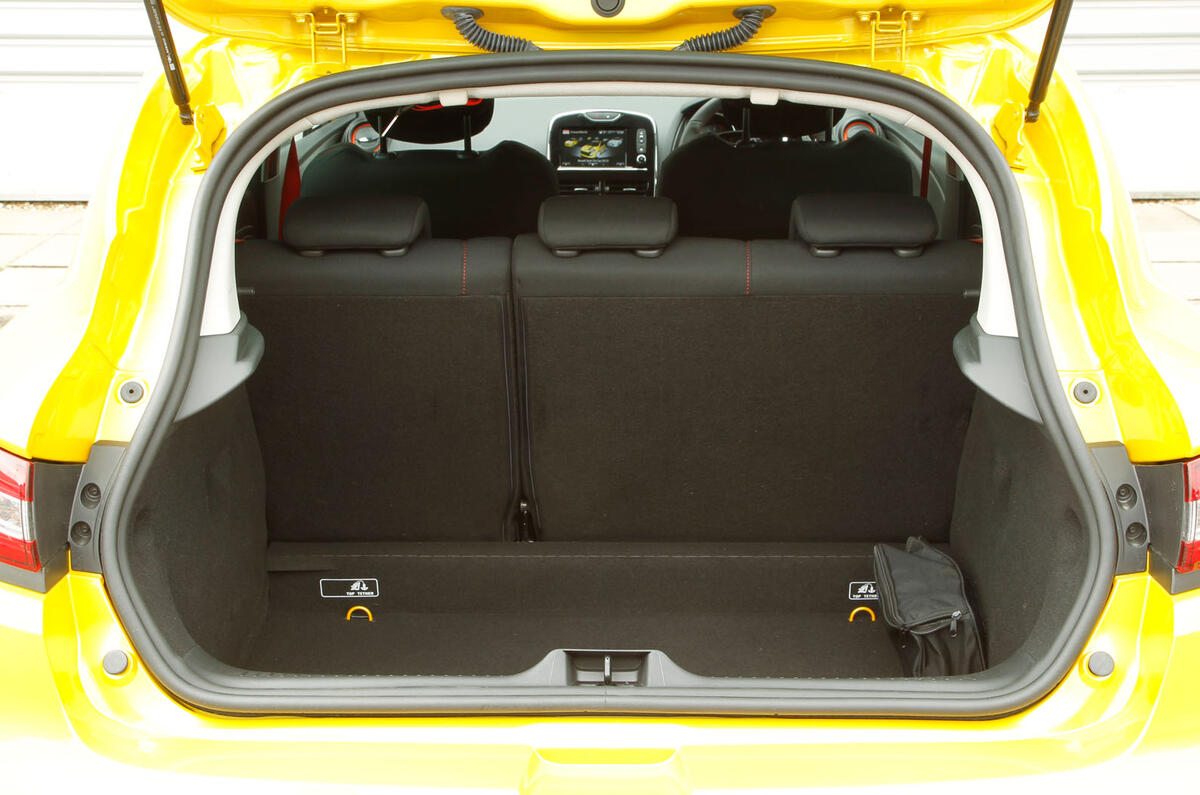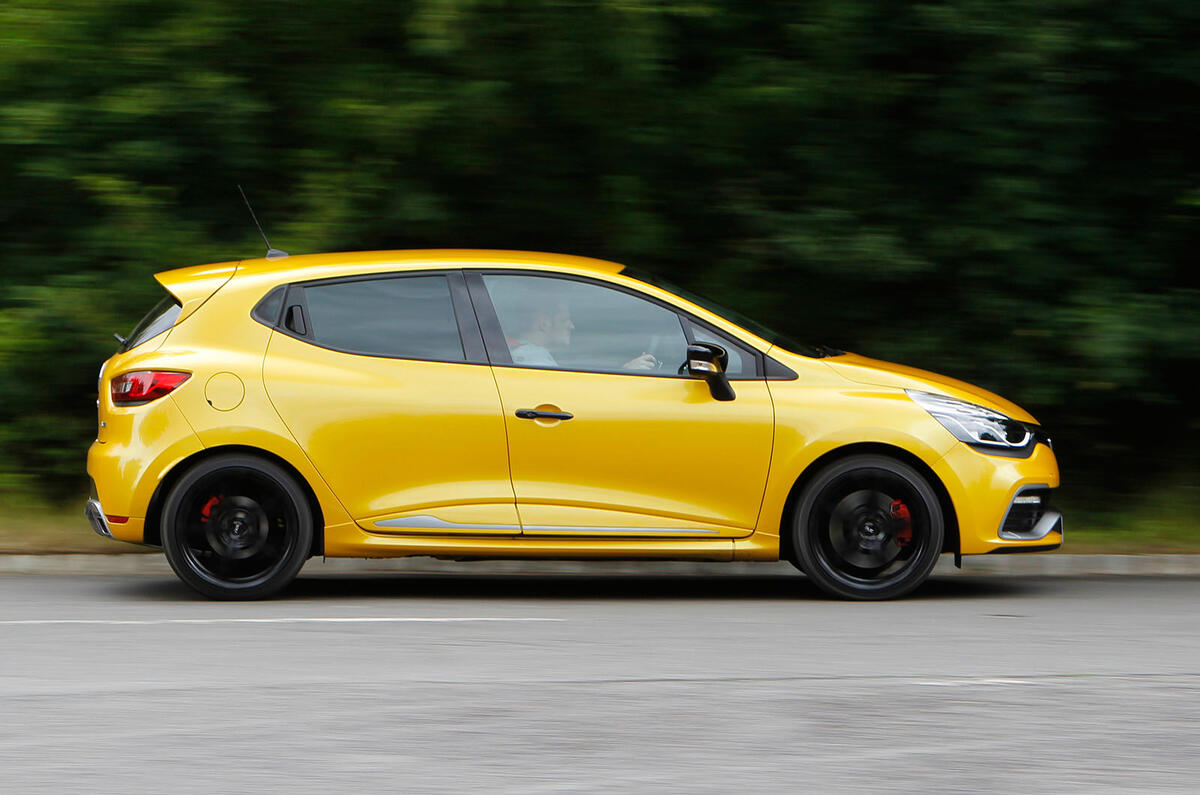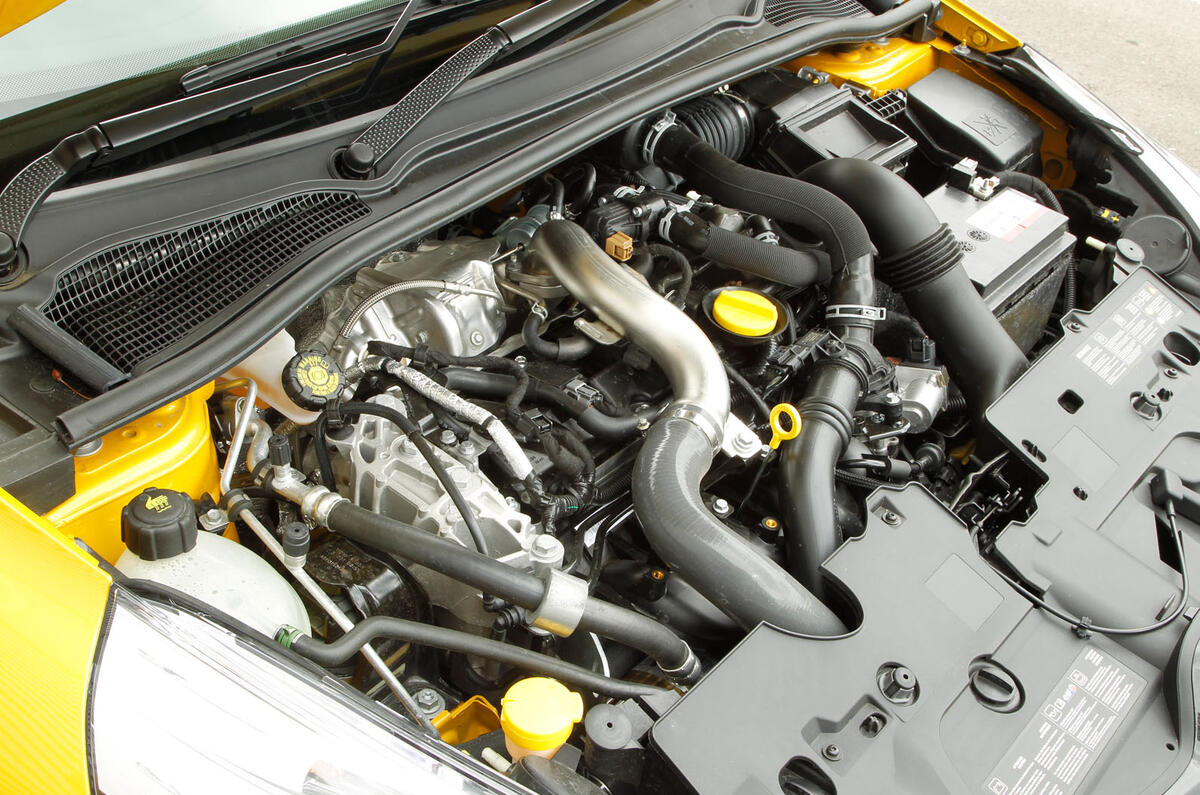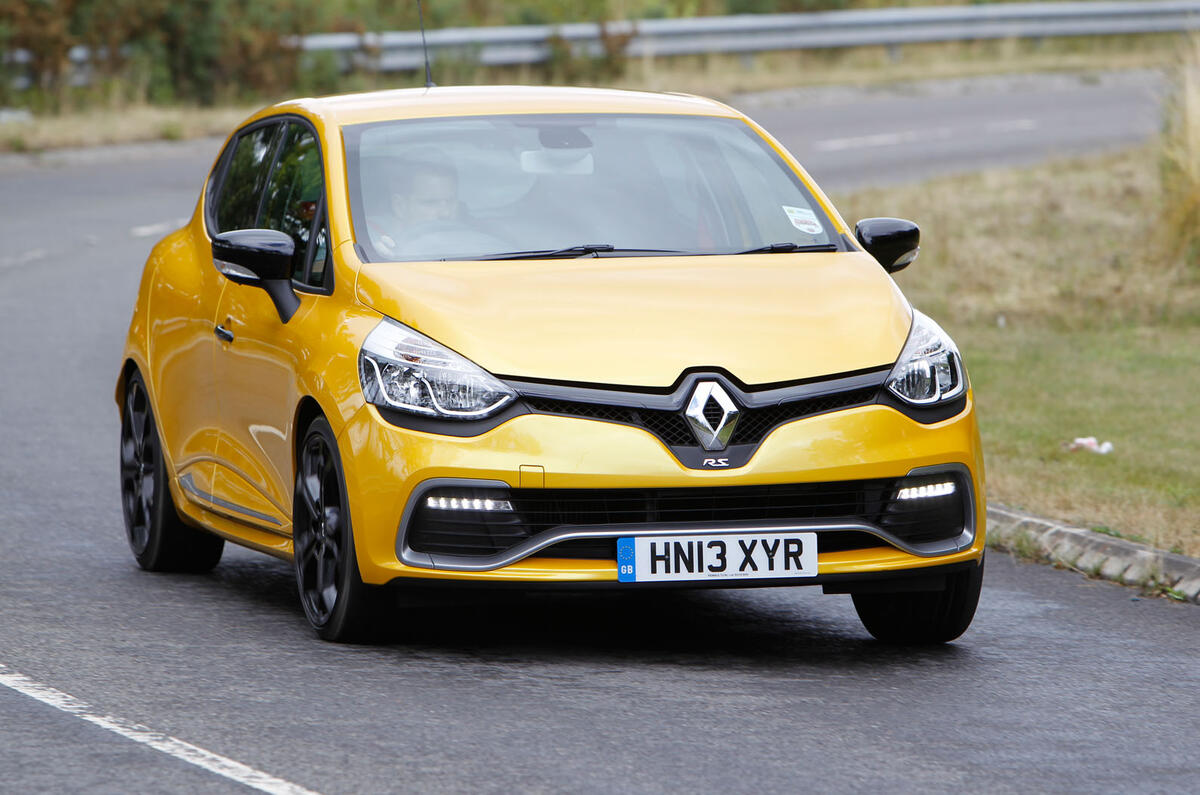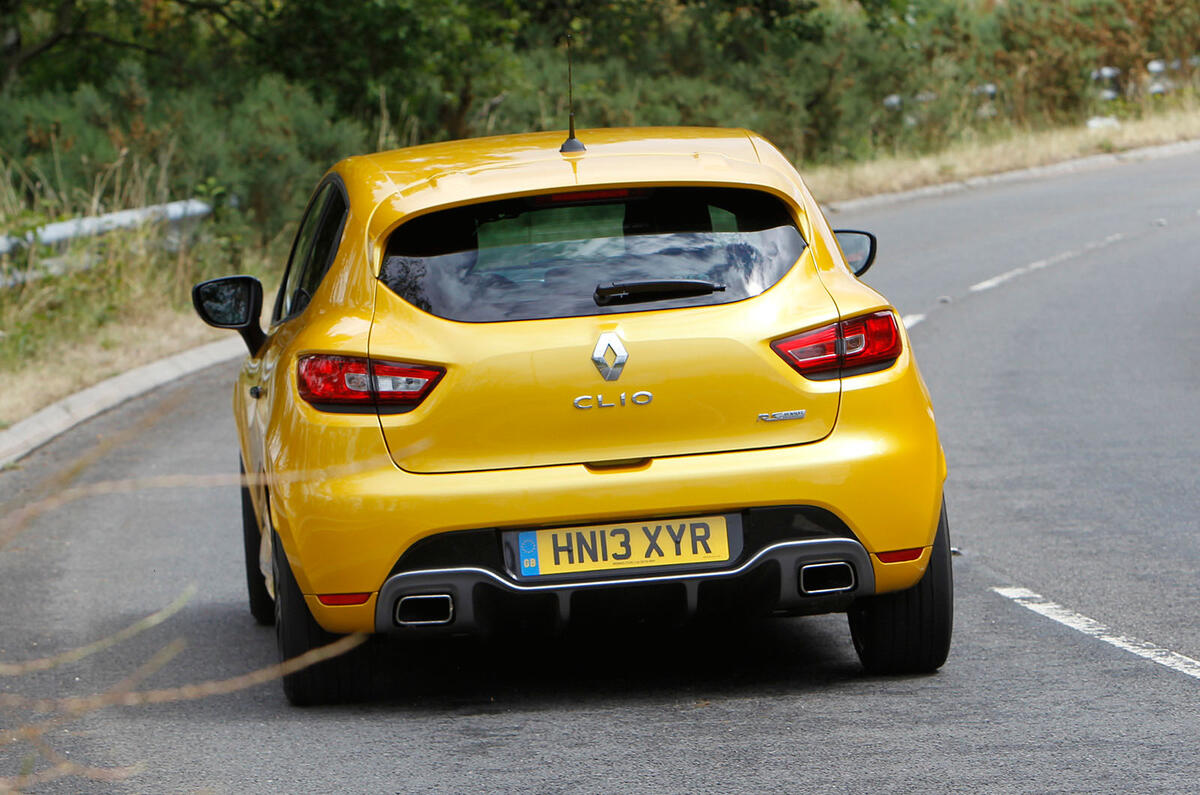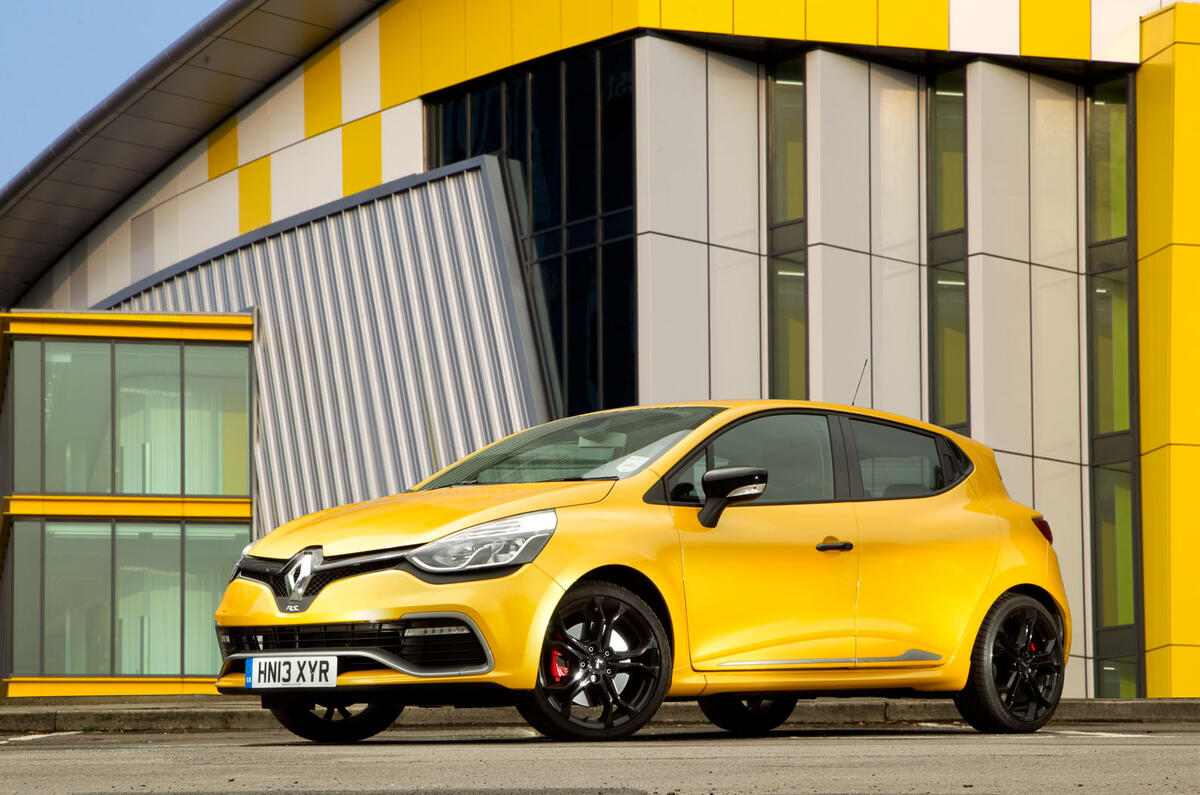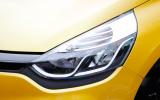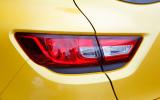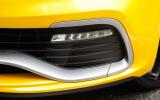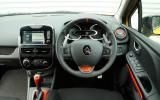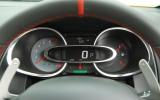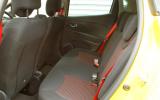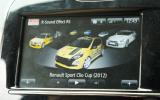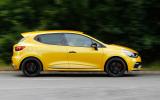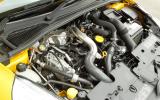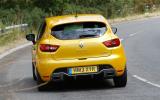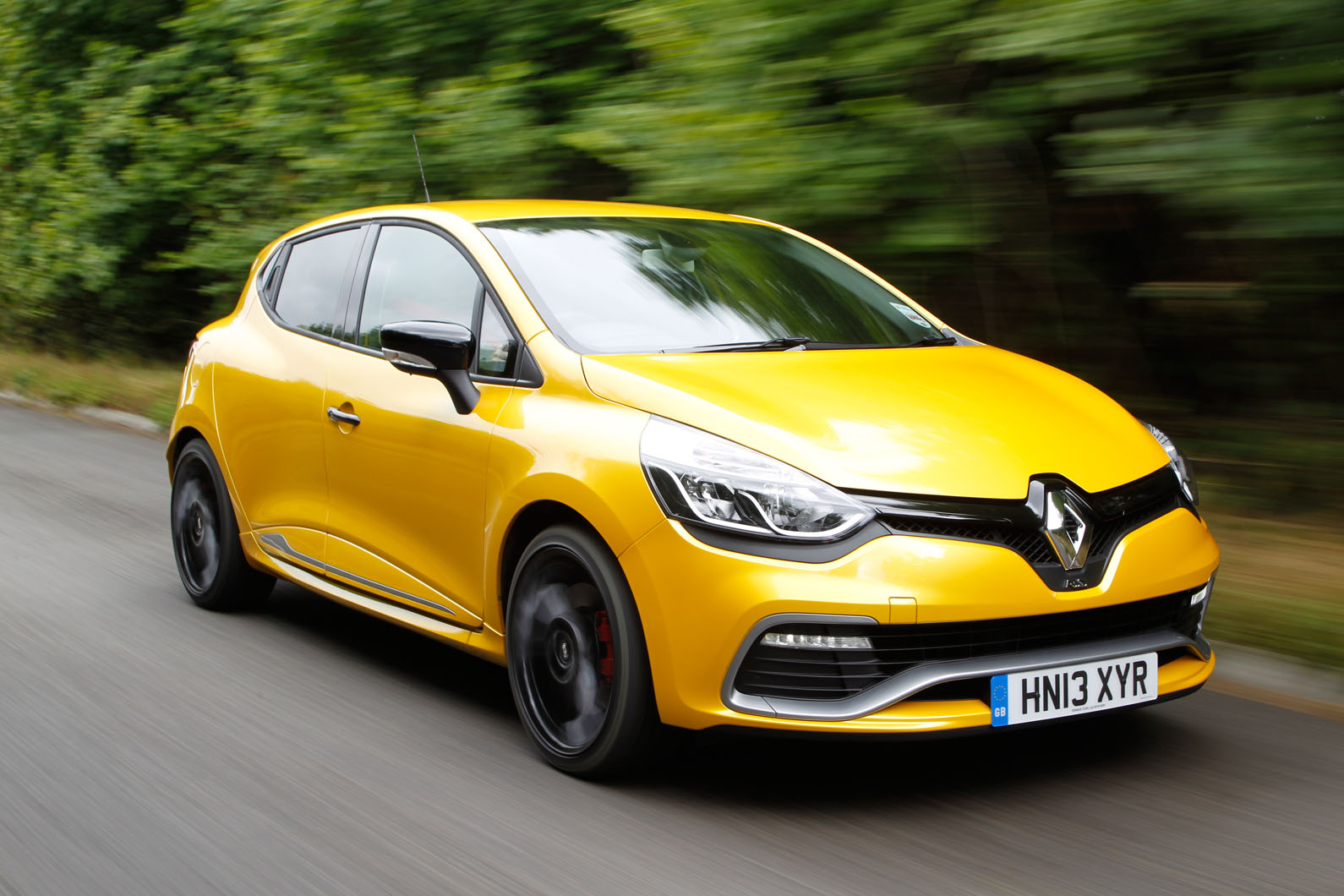Repeat buyers will take a while to come to terms with the Renault Clio’s cabin. There’s an incongruous awkwardness to finding your fingertips on paddle shifters and left foot dangling in the space where a clutch pedal ought to be.
Renault would have done well to eliminate the stick shift entirely. Shunting a cheap-feeling lever between letters is a guaranteed way of yearning for a manual ’box right out of the gate.
As in the standard model, nothing about the surroundings is overtly pleasant to touch – unsurprising, since it shares the same basic architecture – although one would have thought that greater attention might have been paid to differentiating items like the column-mounted paddles, which are too flimsy to squeeze with any real satisfaction.
Give it time, though, and the Renault Clio proves habitable enough, especially for passengers. Make what you will of the styling impact, but no one destined for the rear bench will miss clambering across the front seats.
Five is better than three when it comes to doors, just as bigger is better when it comes to legroom, and the RS now has more of that. Enthusiastic drivers will find themselves sitting a little high (not unusual for the class) but the standard sports seats comfort and cradle in about the right amounts.
The Clio RS 200 comes with LED headlights, a F1-inspired front blade, rear diffuser and an aggressive bodykit as standard on the outside, inside there is air conditioning, cruise control, auto wipers and lights, and Renault's MediaNav infotainment system complete with 7.0in touchscreen display, DAB tuner, Bluetooth, USB connectivity and sat nav.
The RS 220 Trophy adds a little bit more equipment, namely Renault's full fat R-Link infotainment system, more powerful audio system, climate control, parking sensors, reversing camera and 18in alloy wheels shod in Michelin Pilot Super Sport rubber.
Many will no doubt appreciate Renault's RS Drive and RS Monitor; easily confusable names that do quite different things. RS Drive modifies the mapping of the transmission and engine and adjusts the intervention of the stability control and traction control systems.
It’s switchable through three modes: Normal, Sport and Race. The last two reduce engine lag, even increasing the idle speed, and bring progressively faster gearshifts and firmer power steering.
The RS Monitor, meanwhile, is a kind of on-board telemetry system that can monitor temperatures, amounts of wheelspin, performance data, g-forces and lap times. There’s also a data-logging option that allows all of these to be downloaded for later viewing.
Aside from the odd dash of badging or colour, everything else is a carryover. Thus, the centre stack is something of a glossy sore thumb, the instrument cluster is rather snazzy and the R-Link system – although juiced up with an abundance of real-time performance data courtesy of the latest version of the RS Monitor – remains blighted by rudimentary presentation and a finicky interface, a criticism which could be levelled at the cabin as a whole.



